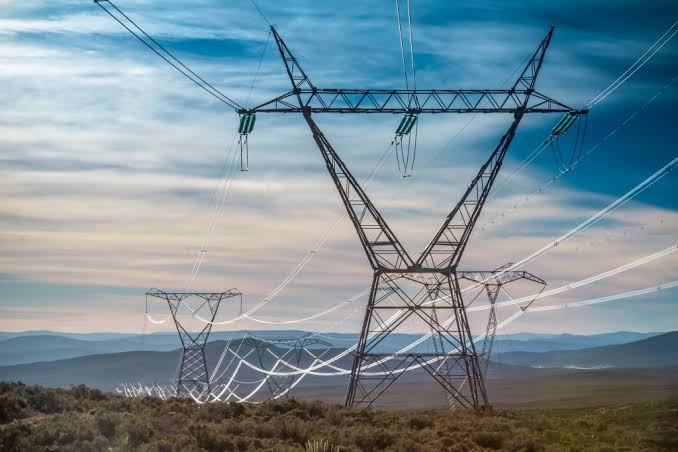Eskom, South Africa’s power utility, has made a bold assertion that the performance of its generation fleet, long plagued by reliability issues, is finally showing signs of improvement. This announcement came through a detailed statement laden with graphics on February 22, challenging recent claims that the utility’s operational efficiency continues to deteriorate. Ironically, this declaration was made just hours after the country was plunged into Stage 4 loadshedding, underscoring the ongoing electricity supply crisis.
Eskom’s statement specifically addresses the Energy Availability Factor (EAF), a critical metric indicating the generation fleet’s reliability, which has seen a steady decline over the past six years. Contrary to the trend, Eskom now claims that the downward slide has been “arrested,” citing January’s EAF figures as evidence of a notable improvement compared to the same period in 2023. The utility attributes this “marginal” uplift to the implementation of its Generation Operational Recovery Plan.
However, Eskom remained silent on whether it could realistically achieve its ambitious 65% EAF target by the end of March. Initially, this target was envisaged as an average for the 2023/24 financial year, a goal that now seems increasingly elusive. Despite this, the utility maintains that this is the benchmark it aims to hit by the close of the current financial year.
Chris Yelland, MD of EE Business Intelligence and a close observer of Eskom’s performance metrics, highlighted on social media that despite the activation of three major units at the Kusile power station and the grid synchronization of Kusile Unit 4, the EAF for the seventh week of 2024 stood at 52.79%, with the year-to-date EAF slightly trailing behind the figures from the previous year.
In an attempt to paint a brighter picture, Eskom also noted a reduction in unplanned outages, dropping from 34% of the generation capacity in January 2023 to 30% in January 2024. Additionally, the utility presented a comparative analysis of loadshedding hours across two distinct periods, showing a reduction of approximately 600 hours of loadshedding from the previous year.
Eskom staunchly refutes the notion that its performance is in further decline, pointing to the decreased frequency and intensity of loadshedding in the latest period reviewed. It highlighted a significant decrease in the days of Stage 4 or higher loadshedding, attributing recent Stage 6 power cuts to exceptional circumstances resulting from multiple generation units being taken offline simultaneously.
The utility credits the improvement in EAF and the reduction in unplanned outages to intensive recovery efforts at key power stations such as Kusile, Kendal, and Duvha, among others. By January 2024, these efforts had reportedly recuperated a total of 3,510 MW.
Furthermore, Eskom emphasized that the ongoing low-demand summer months are witnessing the highest levels of planned maintenance since late 2020, with a daily average of 8,000 MW being serviced. This strategic move is part of Eskom’s broader attempt to stabilize and enhance the reliability of its power generation capacity.
As South Africans grapple with the realities of loadshedding, Eskom’s announcement offers a glimmer of hope for a more stable electricity supply in the future. However, the true test of the utility’s recovery plans and operational improvements will be their ability to significantly reduce loadshedding and meet their own EAF targets in the coming months.



